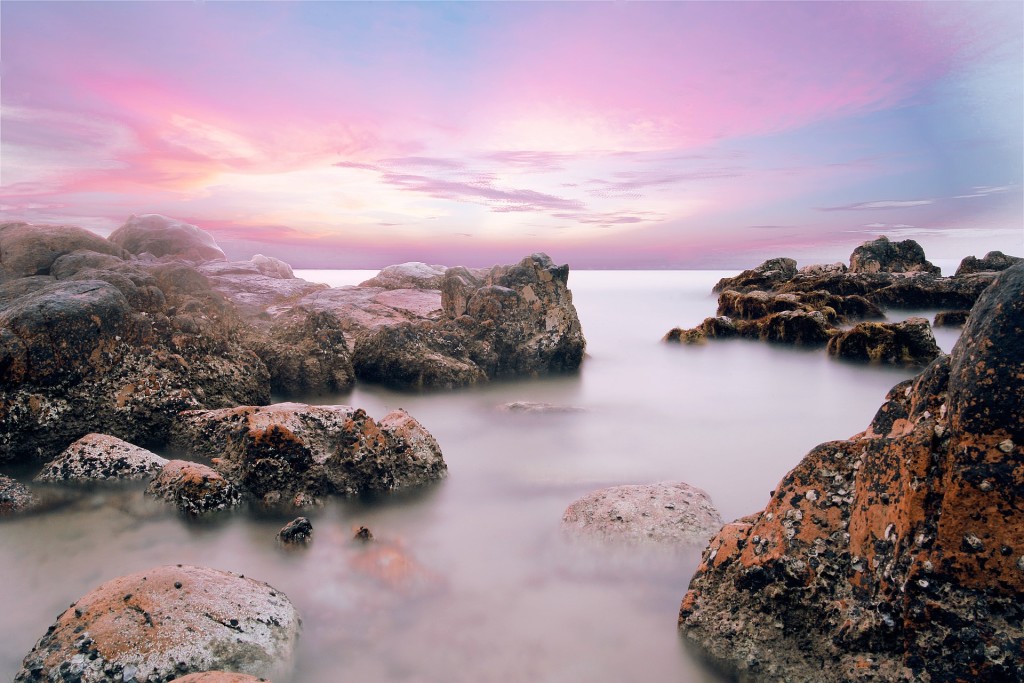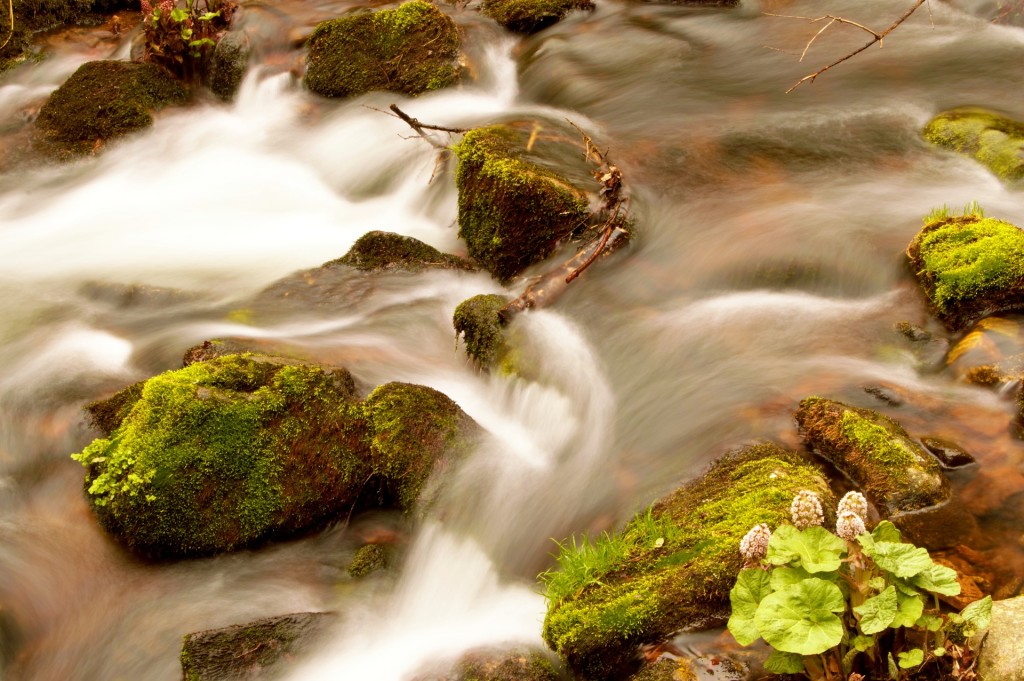Free Photography Bundle ($180 value): PS actions, LR presets, photo overlays, & print templates!
Get it here.
If you’re shooting long exposure photos, the chances you get some blur in the shot are greatly increased. Many times, it’s a welcomed effect and often the intention of using a slow shutter speed. That being said, we can sometimes get some blur in our long exposures that’s less than desirable.
Here are three quick ways you can combat it:
1. Consider The Composition
Of course, it goes without saying the composition of your photo plays a huge role in the aesthetic quality. You should always give a healthy dose of consideration to the composition. And when you’re doing this, think beyond simple framing and take a look at the individual elements in the photo. For example, are there trees or plants in the image that are going to sway in the wind and blur during the long exposure?
Is that an intended effect? If it’s not, you may have to get creative to figure out a workaround. Or, perhaps, embrace it and make it the star of the show!
Regardless, you have to take into consideration how a long exposure is going to affect everything in the image, not just the bigger picture!
2. Stealthy Shutter Release
Another common culprit of unsatisfactory long exposure landscapes is camera shake caused by the jostling that occurs when we press the shutter button. The easiest way to avoid this is by using a shutter release cable. You can get a wired shutter release, a wireless shutter release, or even an app on your phone that will allow you to fire your trigger.
Another thing of note about shutter releases and long exposure is that if you plan on taking exposure over 30 seconds long, in most cases you will need a remote to do this. Many cameras’ exposure speeds max out at 30 seconds; however, you can use the bulb feature and wireless remote to work around this.

3. Secure The Tripod
A sturdy tripod is going to take you a long way when it comes to long exposure photography. That’s one of the reasons I always recommend investing in the best quality tripod you can afford. However, if you don’t have several hundred dollars laying around to spend on a tripod at the moment, you can still strengthen the tripod you do have by securing it with weights.
Do your best to weigh down your tripod if necessary by hanging some kind of weight from it. I’ve seen all kinds of things used as a weight in the past including a backpack, camera bag, a plastic bag filled with rocks and sand, and even a large rock. Carry six or seven feet of paracord in your camera bag so you’re always prepared.

Just make sure the weight touches the ground so it doesn’t swing in the wind. The line from the tripod to the weight should be fairly taught. And don’t use a weight so heavy it breaks your tripod. Try to find just the right amount of weight to steady things up without putting excessive strain on your tripod.
Stay Patient
The more you practice your long exposure photography the easier it will get. So on that note, don’t take it too hard if you don’t get the results you’re looking for right away. Be patient and allow yourself to explore new ideas and techniques.


